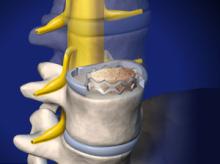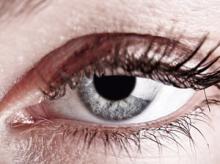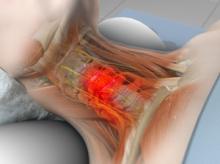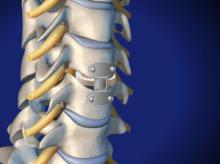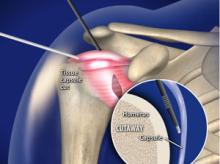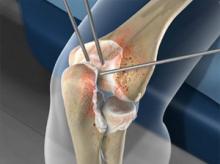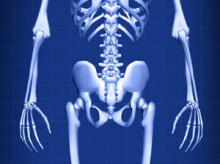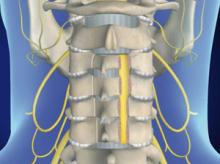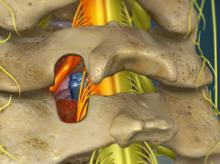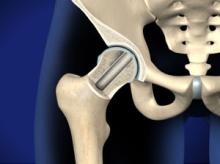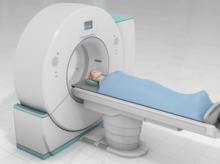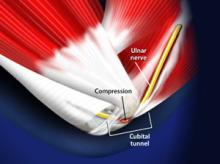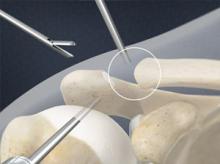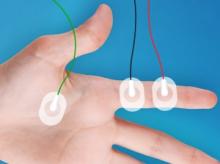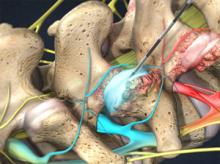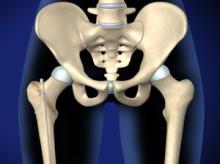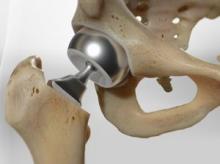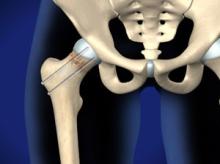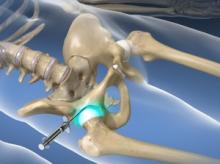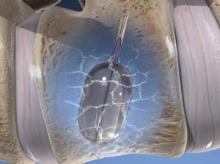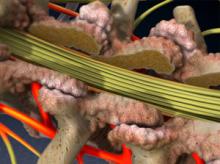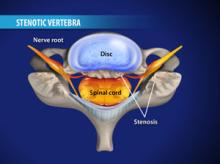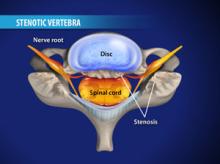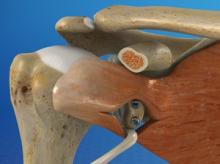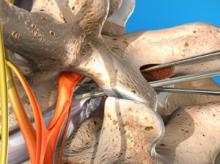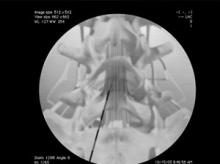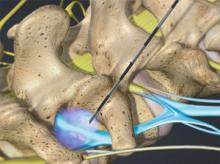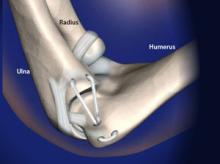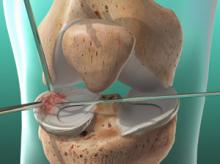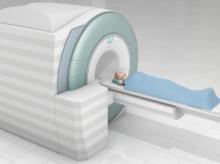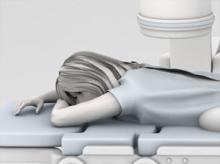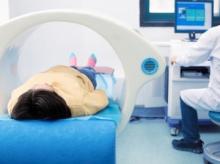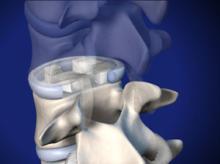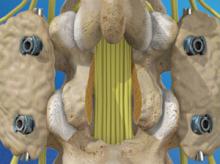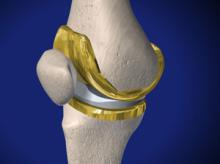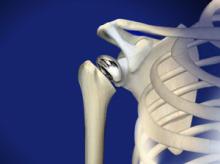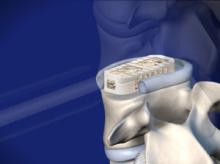ALIF is generally used to treat back or leg pain caused by degenerative disc disease. The surgeon will stabilize the spine by fusing vertebrae together with bone graft material.
Treatments: Dr.
Conscious sedation is a type of anesthesia that makes the patient feel very relaxed. It reduces painful sensations and the awareness of pain. It is not intended to put the patient to sleep, and will wear off quickly after a procedure. Conscious…
This surgery removes a herniated or degenerative vertebral disc in your neck and replaces it with a bone graft. This can relieve painful pressure on spinal nerves.
This surgery removes a herniated or diseased disc and relieves neck and radiating arm pain caused by parts of the disc pressing on nerve roots.
At Appalachian Orthopedics, we are dedicated to taking a team approach when it comes to hip pain. Utilizing advanced skills as well as our state-of-the-art technology, we are committed to providing our hip patients with specialized care so that…
At Appalachian Orthopedics, we are dedicated to taking a team approach when it comes to hip pain. Utilizing advanced skills as well as our state-of-the-art technology, we are committed to providing our hip patients with specialized care so that…
This minimally-invasive surgery is used to help relieve pain and loss of mobility in the shoulder from adhesive capsulitis (frozen shoulder). A radiofrequency (RF) probe is inserted into the shoulder. The probe uses RF waves to cut the tissue…
During this outpatient procedure, the surgeon examines the inside of the elbow joint with a camera called an arthroscope. The surgeon identifies and corrects problems with the bones, ligaments and tendons of the elbow.
If you have a painful shoulder, you may have a torn labrum. That's a tear of the thick band of tissue around your shoulder socket. A torn labrum can be fixed with a procedure called a "Bankart repair."
This is a type of x-ray that measures your bone density. Your doctor may recommend it if you're at risk for osteoporosis (that's a weakening of your bones). This scan is a quick and easy way to check for signs of bone density loss.
This surgical procedure creates more space for the spinal cord and nerve roots to relieve the painful pressure of spinal stenosis, a narrowing of the spinal canal that can result from arthritis.
This surgery creates more space for a compressed spinal nerve in your neck. The procedure relieves painful pressure caused by a herniated or degenerative disc.
This procedure treats avascular necrosis by removing degenerated and dead bone tissue and creating room for new, healthy tissue to grow. It typically works best for people who are in the earliest stages of the disease.
This scan lets doctors see inside your body by taking x-ray images from many angles. These are combined to show clear cross-section slices of parts of your body. A CT scan shows much more than a typical x-ray. It can show cancer and other…
This outpatient procedure, performed under general or regional anesthesia, alleviates compression of the ulnar nerve. This nerve travels along the inner side of the elbow and down to the hand. Cubital tunnel release is used to treat cubital…
During this minimally-invasive procedure, the surgeon removes the end of the clavicle at the acromioclavicular joint in the shoulder. Removing this portion of bone will decompress the joint. It will help relieve the pain and loss of motion caused…
This is a test of your muscles and nerves. It usually has two parts. One is a nerve conduction study. This measures how well electricity moves through your nerves. The second part is a needle electromyogram. It records the electrical signals your…
The facet joints, found on both sides of the back of the spine, can become painfully irritated or inflamed. A facet joint injection may help diagnose the source of a patient's pain. It can also relieve pain and inflammation.
This surgical procedure stabilizes severe fractures of the femur by placing a metal rod into the center of the femur.
This surgery treats a damaged or diseased hip. It replaces the head of your femur with an implant. Your natural hip socket is not changed.
This surgical procedure uses metal surgical screws to repair a fracture of the femur. This procedure is typically used for patients who have minimal damage to the bone and minimal shifting from the fracture.
If you have pain in your hip, your doctor may inject medicine into your hip joint. It can help your doctor find where your pain is coming from. It can also make your hip feel better.
This minimally-invasive procedure repairs a vertebral compression fracture. It helps restore the spine's natural shape. Some patients experience rapid pain relief after the procedure.
This procedure relieves pressure on the nerve roots in the spine. It is most commonly performed to relieve the pain of stenosis. This is a narrowing of the spinal canal that is often caused by the formation of bony growths that can press against…
This procedure removes a section of bone from the rear of one or more vertebrae to relieve the painful and disabling pressure of stenosis.
This procedure removes a section of bone from the rear of one or more vertebrae to relieve the painful and disabling pressure of stenosis. The spine is then stabilized with rods and screws.
This surgical procedure modifies your shoulder socket. It helps keep the head of the humerus from slipping out of the glenoid. You may benefit from this procedure if you have frequent shoulder dislocations.
This minimally-invasive procedure relieves pressure on nerve roots caused by a herniated disc. It can eliminate the pain of sciatica.
This injection procedure is performed to relieve low back and radiating leg pain. Steroid medication can reduce the swelling and inflammation caused by spinal conditions.
This outpatient procedure is an injection of a steroid-anesthetic medication. The medication can reduce swelling and inflammation of irritated spinal nerves. This procedure is performed to relieve pain in the lower back and pain that radiates…
This procedure is designed to repair a torn elbow ligament - an injury typically caused by strong, repetitive overhead throwing motions of the arm or by dislocation of the elbow. It was first performed in 1974 on baseball pitcher Tommy John.
Each of your knee joints is cushioned by two c-shaped wedges of cartilage. The two cushions in each knee are called the "menisci." Individually, each cushion is called a "meniscus." Certain motions, such as twisting the knee, can cause a meniscus…
This scan lets doctors see inside your body without using radiation. Instead, MRIs use magnets and radio waves. An MRI shows clear views of your soft tissues. It can show cancer and other problems.
This outpatient procedure is a diagnostic examination of the spine. It allows the physician to identify problems involving the spine, the spinal cord and the nerve roots.
This noninvasive, outpatient exam is used to measure how quickly nerves conduct electrical signals through the body. NCS is a valuable technique for diagnosing nerve damage. If damage exists, NCS can help a physician find its source.
As you get older, your risk for osteoporosis increases. That's a disease that makes your bones thin and weak. A screening procedure called a "bone density test" shows if you have osteoporosis. It shows if you are likely to develop it. Or, if you…
Dedicated to meeting the orthopedic needs of our community and providing our patients with the most advanced treatment options for the best possible outcomes, our doctors currently offer outpatient joint replacements for the ankle, hip, knee, and…
PLIF is generally used to treat back or leg pain caused by degenerative disc disease. The surgeon will stabilize the spine by fusing vertebrae together with bone graft material.
This injection targets a painful nerve in your cervical spine. It helps your doctor find which nerve is pressed on by a herniated disc, spinal stenosis or some other problem. It may give you pain relief.
In many spinal surgeries, two or more vertebral bones are permanently joined with a technique called "spinal fusion." A fusion creates a solid mass of bone. It stabilizes your spine.
This surgical procedure removes the damaged and painful areas of the femur and tibia inside the knee joint. These areas are then replaced with specially-designed metal and polyethylene plastic parts.
This surgery replaces the damaged or diseased head of the humerus (also called the ball) and cartilage from the shoulder joint with a metal and plastic joint.
Unlike traditional back surgery, XLIF® is performed through the patient's side. By entering this way, major muscles of the back are avoided. This minimally-invasive procedure is generally used to treat leg or back pain caused by degenerative disc…
